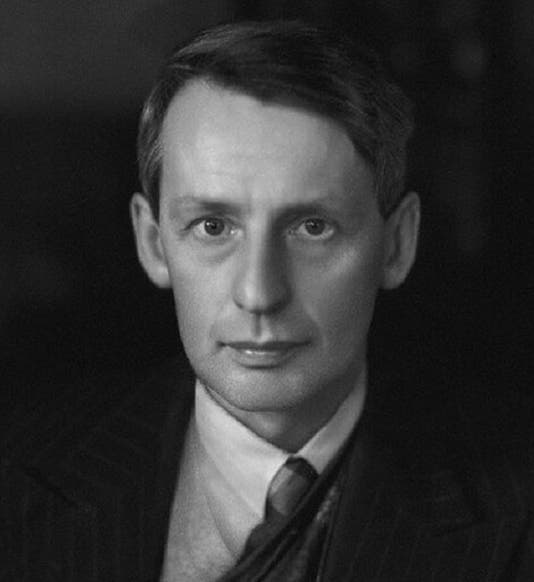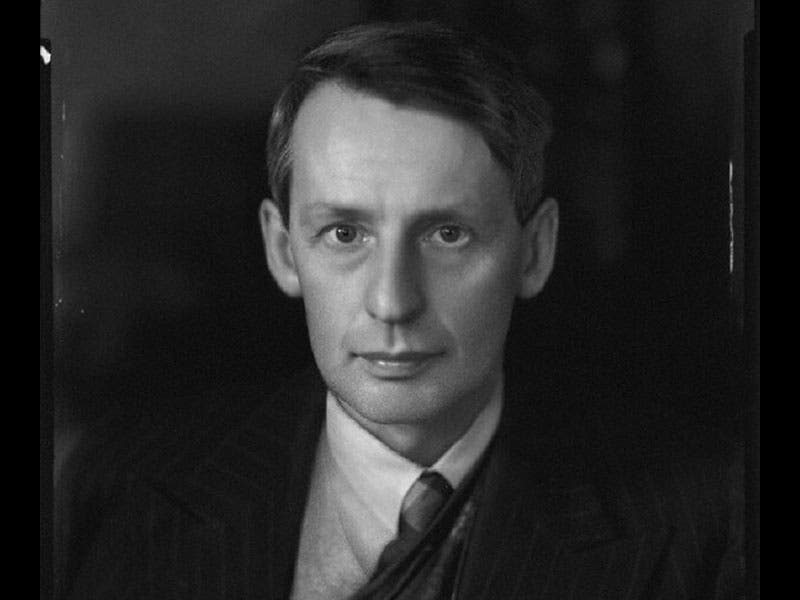Scientist of the Day - George Paget Thomson
George Paget Thomson, an English physicist, was born May 3, 1892. Thomson was the son of J.J. Thomson, who won the Nobel Prize in Physics for the discovery of the electron, and George won one himself in 1937 for the discovery of electron diffraction (showing that electrons have wave properties). Both of the portraits above, the studio portrait and the photograph with his wife and children, were taken the year of the Nobel award.
In 1940, after the atom was split, Great Britain formed the MAUD committee, to determine if an atomic bomb were possible, and Thomson was appointed chairman. The MAUD committee soon concluded that a bomb was indeed possible, and they sent their reports to the Uranium Committee in the U.S., formed with a similar mission. When no action was taken, Thomson sent Mark Oliphant to the U.S. to see what was up. Oliphant discovered that the Uranium Committee chairman, Lyman Briggs, had put all the reports in his safe and hadn't even told the other committee members about them. Oliphant raised such a stink in the summer of 1941 that a new office was formed, the Office of Scientific Research and Development (OSRD), which soon gave rise to the Manhattan Project.
The MAUD committee took its name from a telegram sent to England by Lise Meitner, co-discoverer of nuclear fission, in which she reported that Niels Bohr (who was being hounded by the Nazis in Copenhagen) was doing fine, and she concluded: "Tell Cockroft and Maud Ray Kent." Cockroft was a member of the committee and a friend of Bohr, but Maud Ray Kent was quite a mystery, until someone pointed out that the name, if you changed the “y” to “i”, was an anagram for "radium taken," suggesting perhaps that the Germans were working on a bomb. After the war it was discovered that Maud Ray was a former governess of Niels Bohr, and, of course, she lived in Kent. We do not know if anyone ever told her that Bohr was doing fine.
Dr. William B. Ashworth, Jr., Consultant for the History of Science, Linda Hall Library and Associate Professor, Department of History, University of Missouri-Kansas City. Comments or corrections are welcome; please direct to ashworthw@umkc.edu.









